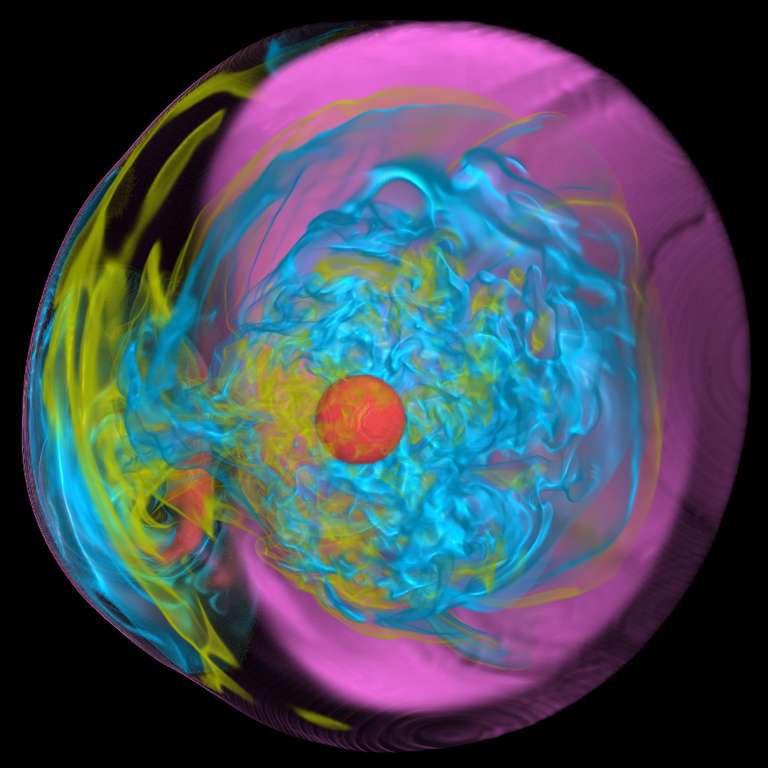Background and Motivation

The first detection of gravitational waves from a two-black-hole merger in September 2015, and subsequent detections, have not only launched the era of gravitational wave astronomy, they have stoked an excitement never before felt with such intensity in the prospects of being able to learn things about the universe that could not be known without gravitational waves. This is nowhere truer than in our own focused field. We have for some time spoken about the volumes that would be written by neutrinos and gravitational waves on the dynamics of core collapse supernovae, if only we had the “texts." The 2015 detection has somehow made the prospect of actually having such texts seem more than just a pipe dream. It has introduced a new urgency to prepare for the eventuality of a Galactic event.
There is an ongoing discussion within the LIGO-Virgo Collaboration (LVC) about future targets: neutron star/mixed mergers and core collapse supernovae. More specifically, with regard to these targets there has been discussion about the engagement of the LVC with the community of theorists. For both mergers and supernovae, the richness of the physics, and commensurately the complexity of the models, brings new challenges relative to the case involving vacuum spacetimes.
Speaking now of core collapse supernovae: This complexity, which also brings added opportunity, demands a new approach – namely a new collaboration – wherein the community of theorists and the community of observers work together in “closer quarters.” Such collaboration would have significant benefits. What can we say about gravitational waves from core collapse supernovae, and with what confidence? Such guidance will be instrumental to gravitational wave observers as they continue to monitor the sky and, especially, as they plan for next-generation detectors. Given significant input from the theory community, what advances in observational/statistical methods could be developed? And what increased capability would result from the development of such methods – e.g., how much farther would we be able to “see"? Such questions could/would be best addressed by collaboration between our community and the LVC.
To this end, we have established an advisory board on core collapse supernova gravitational wave astrophysics: the Supernova Multi-messenger Consortium (SMC). The SMC is an international advisory group that endeavors to include all core collapse supernova explosion mechanism modelers/experts around the world, along with experts in critical related areas of nuclear physics, particle physics, and multi-messenger astronomy.
